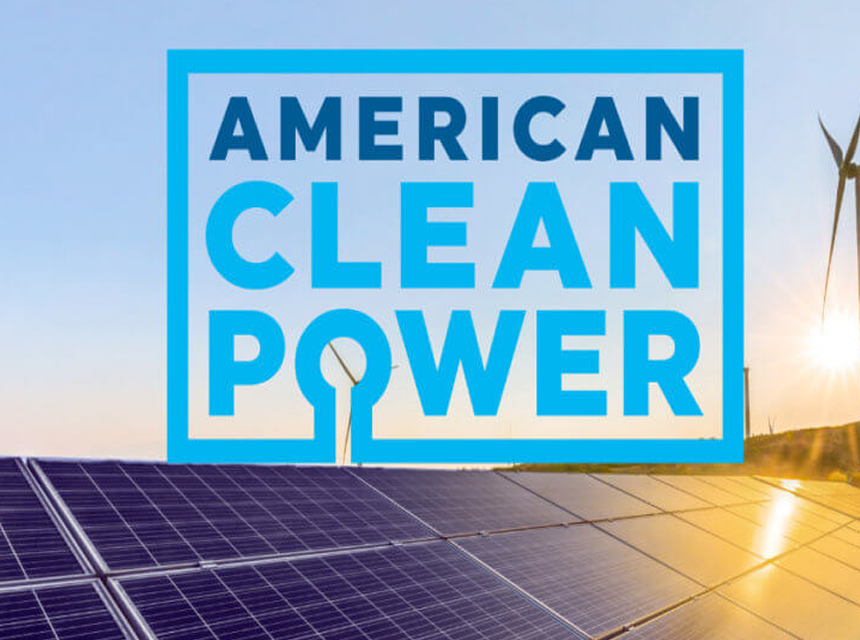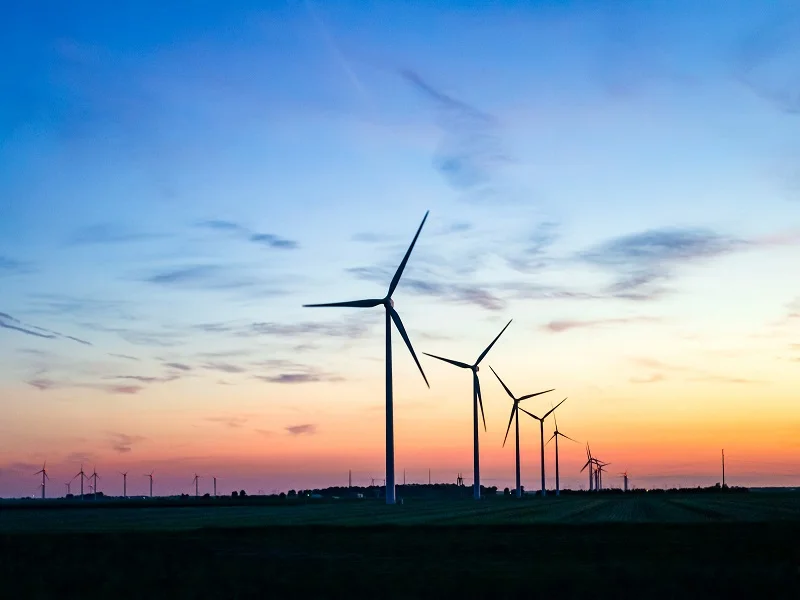
Pacific Gas and Electric Company (PG&E) and Energy Vault have partnered to deploy and operate a grid-scale battery and BH-ESS, a green hydrogen long-duration energy storage system. According to the 10.5-year agreement, Energy Vault is expected to be the System’s owner and operator, while PG&E will receive the power.
The Pacific Gas and Electric company is an American investor-owned electric and natural gas utility that serves over 16 million people in Northern and Central California.
Energy Vault is a Swiss-based, energy storage company that develops and deploys utility-scale, short and long-duration energy storage solutions globally.
The hybrid System is meant to power the entire area of Calistoga in Northern California for a minimum of 48 hours whenever there is planned power outage. It will replace the traditional, mobile diesel generators used to energize Calistoga’s microgrid during power outages and shutoffs due to wildfire.
The breakthrough partnership between Energy Vault and PG&E is the ultimate model for future, cost-effective, community scale microgrids that integrate third-party distributed energy resources to store and dispatch renewable energy on demand.
The System has a minimum capacity of 293 MWh but will eventually expand to 700 MWh so that it can operate without refueling. It will integrate a long-duration fuel cell, a green liquid hydrogen storage system, and a short-duration battery system for black start and grid forming capabilities.
The propriety energy management system at Energy Vault is expected to offer full system control and efficient dispatching for the project. It will provide batteries, fuel cells, and hydrogen tanks. PG&E is tasked with establishing the microgrid, and it would have to improve its current distribution infrastructure.
The project is still awaiting approval from the California Public Utilities Commission (CPUC), which is expected by May 15, 2023. Once approved, the construction will begin in the fourth quarter of 2023. The commercial operations will be done by the end of 2024’s second quarter.
In 2020, CPUC’s main agenda was to reduce the impacts of power outages through resiliency projects and the acceleration of the deployment of microgrids by large electric investor-owned utilities. In 2021 the commission directed PG&E to establish a microgrid program to support local governments’ resiliency.
The System will be developed on less than an acre of land and will serve as Energy Vault’s model for future utility-scale hybrid storage system deployments.
The hybrid generation and storage facility is an energy service that integrates grid-forming generation and storage resources. As per the design, electric hydrogen from renewable energy sources will power a hydrogen fuel cell. Renewable energy produces the cleanest and most sustainable hydrogen. No localized pollutants like particulate matter and Nitrogen oxides will be released in the atmosphere when generating electricity for powering the microgrid.





